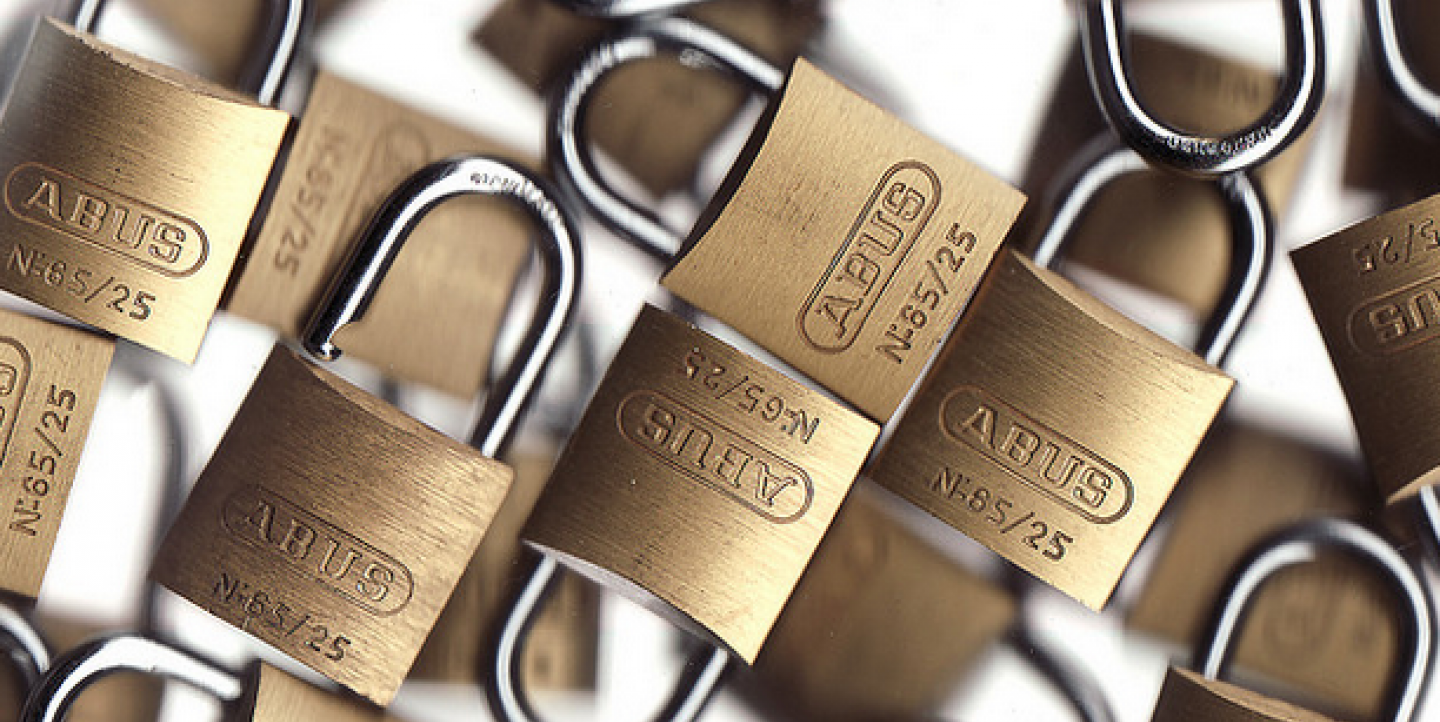In the Mexican states of Chihuahua, Chiapas and Oaxaca, public officials have been suspected of trying to damage journalists’ credibility by creating fake accounts on social networks. Recently, cyber attacks on Mexican online publications Lado B and e-consulta sought to obtain files stored on journalists’ computers. Another cyber attack, against the website of El Mañana newspaper in Nuevo Laredo, Mexico, destroyed the accounts of users who had posted comments critical to the local government.
To help individuals and organizations avoid such security breaches, the Manual de Seguridad Digital y Móvil (Manual of Digital and Mobile Security) for journalists and bloggers, written by Knight International Journalism Fellow Jorge Luis Sierra, offers advice on creating risk-reduction plans and digital and mobile security protocols (operations or steps to better protect data).
The manual, produced by Freedom House and the International Center for Journalists, guides journalists and citizen reporters in the protection of their sources and information and, ultimately, of their own physical, legal and psychological security. Its advice is geared toward journalists in Mexico, but will be applicable to a wide reach of Spanish-speaking journalists.
The manual draws upon the experiences of Mexican journalists and bloggers who have participated in Sierra's online courses on digital and mobile security, run by Freedom House and ICFJ.
It also helps fill a gap in reporters’ knowledge of how to protect themselves from digital security breaches. Between October and November 2012, Sierra interviewed 102 journalists and bloggers in 20 Mexican states. The results of the survey, released earlier this year, suggest most Mexican journalists and bloggers reporting on highly sensitive topics (such as crime, corruption, violence and human rights issues) do not fully understand the risks and threats they face when they use digital and mobile technology, even though the topics they cover make them even more vulnerable. Almost all had "little or no command of digital security tools," the report found.
To respond to these needs, the manual covers digital security topics specific to journalists, such as the protection of mobile communication among editors, reporters, correspondents and dispatchers when reporting on sensitive topics. It also covers the use of encryption tools to maintain the safety of risky information; protection against viruses, malware and cyber attacks; and protection of personal information on social network accounts.
The manual explains how journalists and bloggers can determine their risk level. It then shows them how to determine what steps they should take to reduce or mediate risk, while taking into account potential and actual threats, vulnerabilities, strengths or capacities, and available resources.
Journalists and bloggers can also access a list of security protocols and tools, instructions on how to anonymously navigate online, and websites and online resources.
To access the manual, click here.
Related reading:
Mexico's most vulnerable reporters lack digital security skills
New digital map tracks attacks on journalists and bloggers
Photo courtesy of Flick user David Bleasdale under a Creative Commons license._
Jessica Weiss, a former IJNet Managing Editor, is a Buenos Aires-based freelancer.

